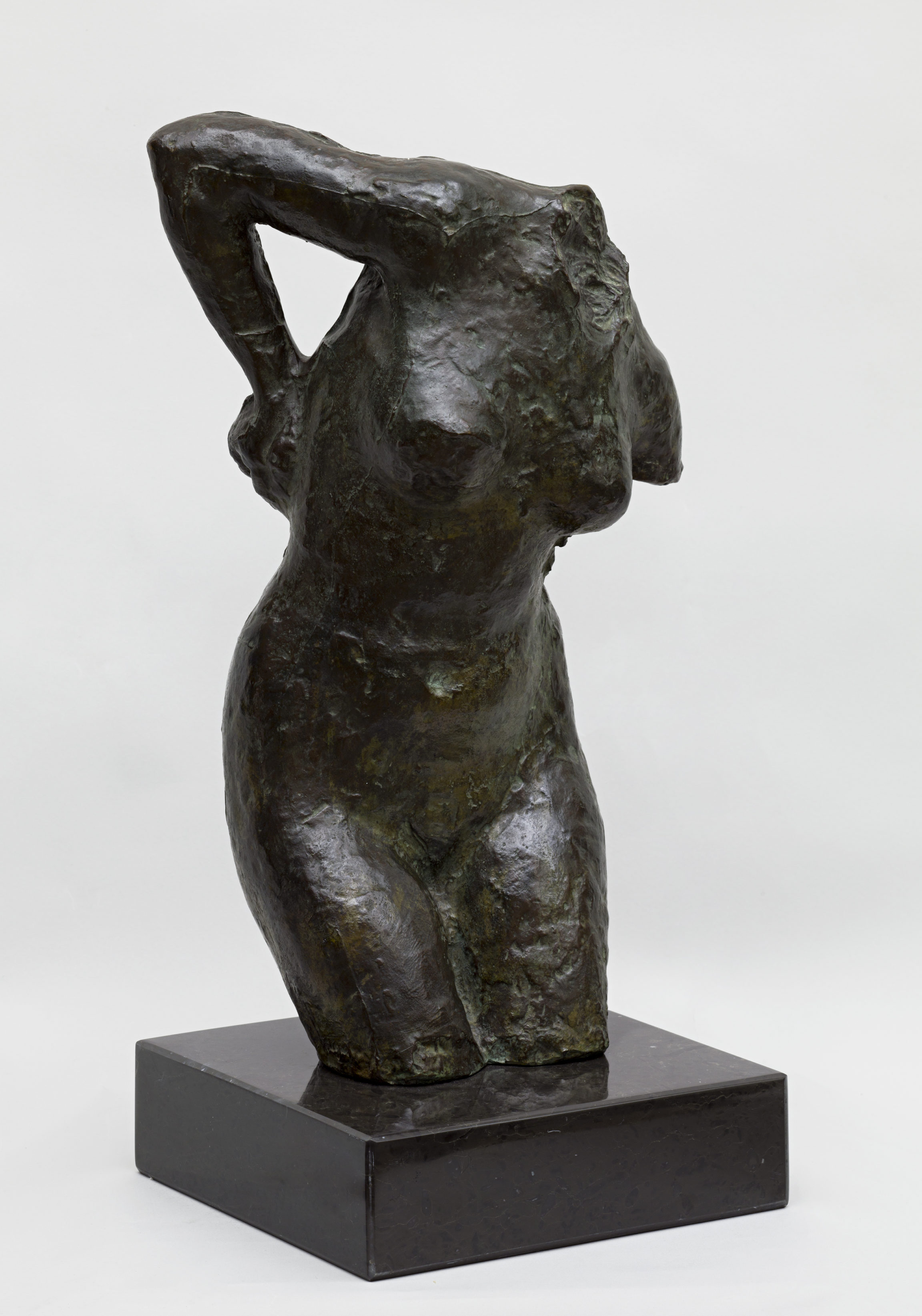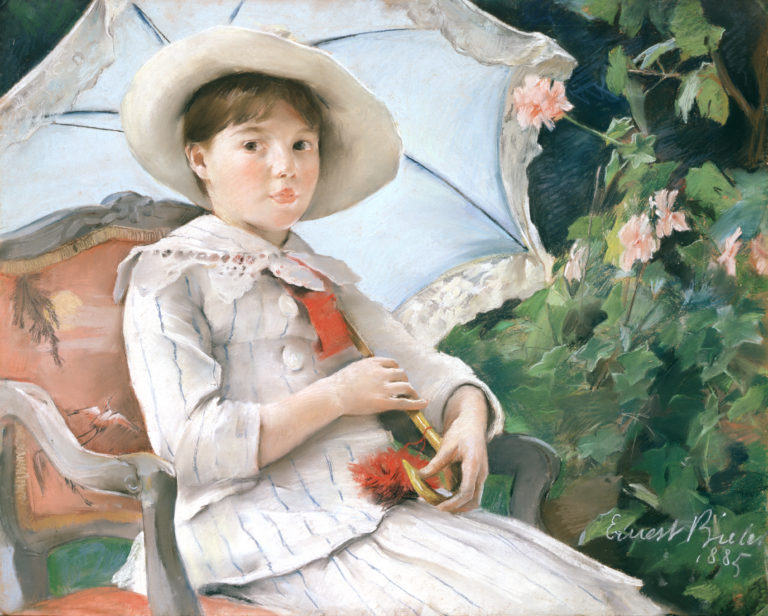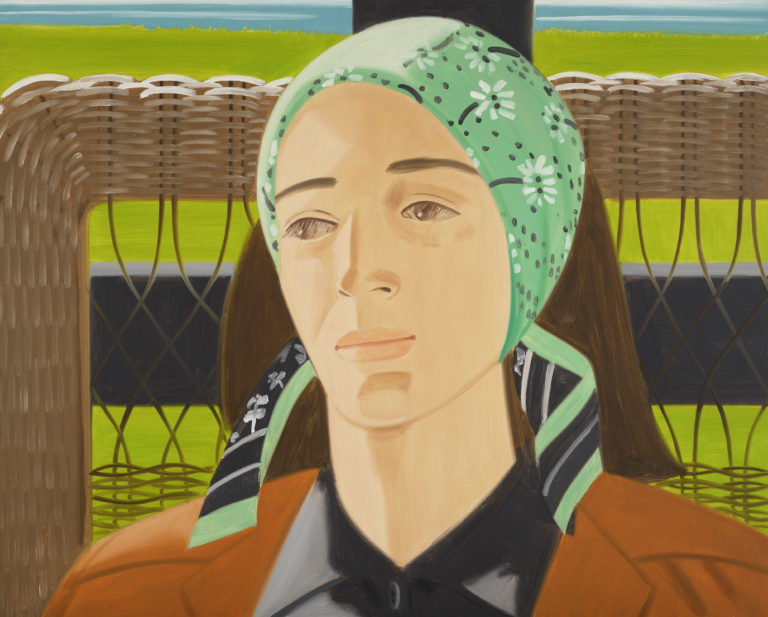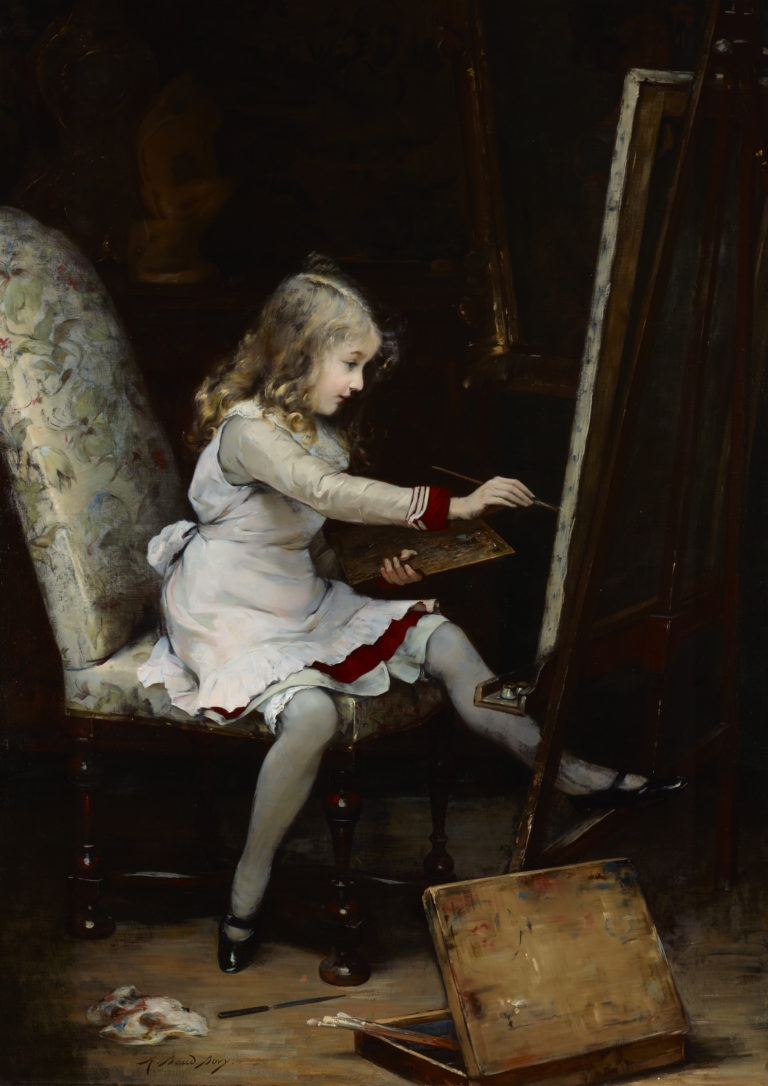Bibliography
Suzanne Glover Lindsay, Daphne S. Barbour, and Shelley G. Sturman, Edgar Degas sculpture, Washington, D.C., National Gallery of Art, 2010.
Richard Kendall (ed.), Degas Beyond Impressionism, exh. cat. London, The National Gallery, Chicago, The Art Institute, 1996-1997.
Anne Pingeot, Degas sculpteur, Paris, Imprimerie Nationale, RMN, 1991.




When Edgar Degas died on September 27, 1917, some hundred and fifty sculptures, for the most part in wax and clay, were found in his studio. His painting and drawings of women bathing and dancing and of horses are familiar to many. His sculptures, however, are less widely known, with the exception of the Petite danseuse de 14 ans (Little Dancer Aged Fourteen), presented at the 1881 Impressionist exhibition.
In late 1917, Degas’s heirs decided to have the works cast, against the wishes he expressed in his lifetime according to the art critic François Thiébault-Sisson, who recalled a conversation with Degas in the journal Le Temps on August 11, 1931: ‘Purely for my own satisfaction did I model animals and people in wax […] no-one will ever see these experiments, no-one will ever discuss them. […] Before I die, they will all have been destroyed, and it will be all the better for my reputation’. However, his heirs signed a contract with the founder Adrien-Aurélien Hébrard on May 13, 1918. Over seventy sculptures were selected and restored by the sculptor Albert Bartholomé, then cast, put on display, and sold by Hébrard in Paris in 1921.
Femme se frottant le dos avec une éponge, torse is unique within this corpus. Degas chose to produce a plaster cast from a piece worked up in clay with the aim of keeping it in a finished state, perhaps with a view to displaying it one day. The work combines two parts of a woman’s body at two visibly different scales, produced separately and then put together. While the left arm is handled as a fragment, the head seems to have been torn off prior to casting – a new way of approaching bodily fragmentation that was no longer a mere iteration of archaeological remains. The combination of sculpted fragments creates parallels with the oeuvre of Auguste Rodin, who exhibited torsos and heads as whole sculptures.